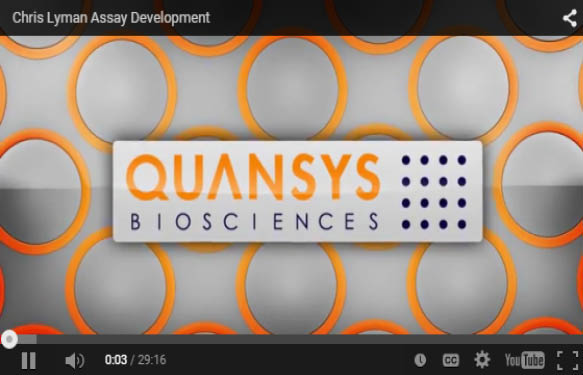The IL-1 family has long been known as a key player in the effector role of macrophages in innate defence against tumours and infections. It plays an important role in the field of natural / innate immunity effector mechanisms, especially as far as macrophage and macrophage-derived cytokines are concerned, in defence response. It also seems to be involved in pregnancy and pre-eclampsia (1), as well as cardiovascular diseases and type 2 diabetes (2). It is also involved in the response to Carbon Nanotubes (CNTs) exposure, where IL-1 family members activate the JNK pathway, but not ERK (3).
The IL-1 family includes 11 cytokines. IL-1a and IL-b are the most studied in this family, due to their strong proinflammatory effect. Other members, such as IL-18 and IL-18R, seem to be involved in the development of autoimmune syndromes.
Nowadays, the blockade of IL-1 activity (especially IL-1b) is a standard therapy for patient
s with autoimmune diseases or lymphomas. Anakinra (a recombinant, non-glycosylated IL-1RA) is an approved drug for therapy with patients with rheumatoid arthitis or with myeloma.
IL-1 family cytokines are usually measured by singlex analysis (e.g. ELISA), which can be cumbersome when many samples need to be studied, and also because a high sample volume is required to quantify all cytokines. Development of multiplex assays for the quantification of the majority of cytokines in the IL-1 family (IL-1α, IL-1β, IL-1ra, IL-18, IL-33, IL-18BPa, sIL-1 R1, sIL-1 R2, sIL-1 R3, sIL-1 R4) is a major step forward, that will ease the analysis of the role of this family in different diseases.
Multiplexed assays similar to this one have been developed for other markers, such as Pneumococcus serotypes, cardiovascular markers, etc. If you want to have a look at how custom assays are developed by tebu-bio in cooperation with Quansys, take a look at this video:
[youtube https://www.youtube.com/watch?v=YfIxjA6n9OU?rel=0&w=560&h=315]
Are you studying the role of IL-1 family cytokines in different diseases or would like us to develop your own multiplexed assay? Contact us or leave your comment!
References
1.- Southcombe, J.H. et al. (2015). DOI: 10.1111/cei.12608.
2.- Herder, C. & Donath, M.Y. (2015). DOI: http://dx.doi.org/10.1016/S2213-8587(15)00035-2.
3.- Arnoldussen, Y.J. et al. (2015). doi:10.1016/j.cyto.2015.01.032.



